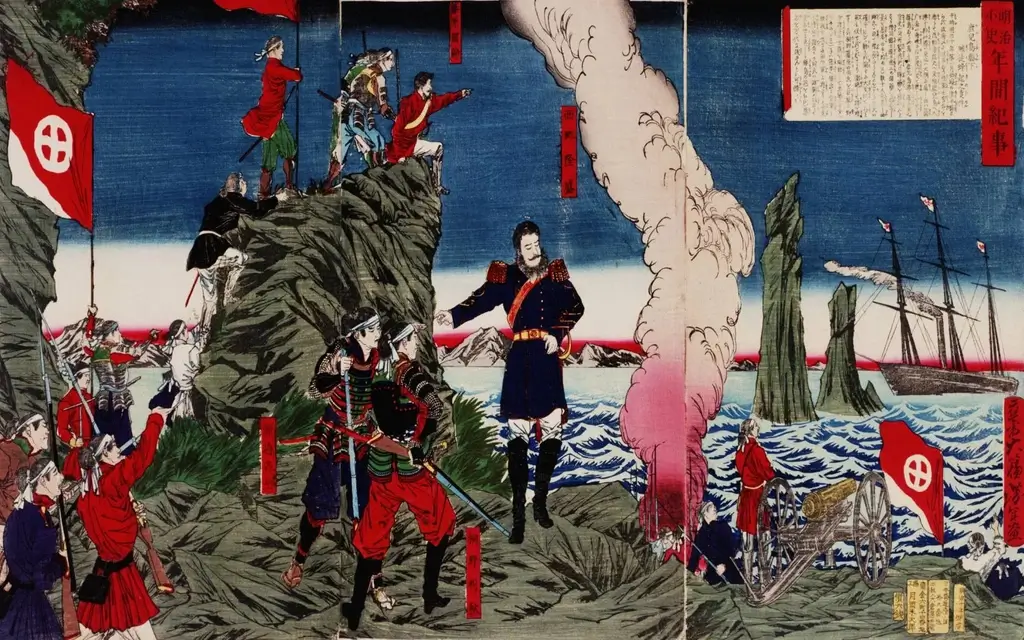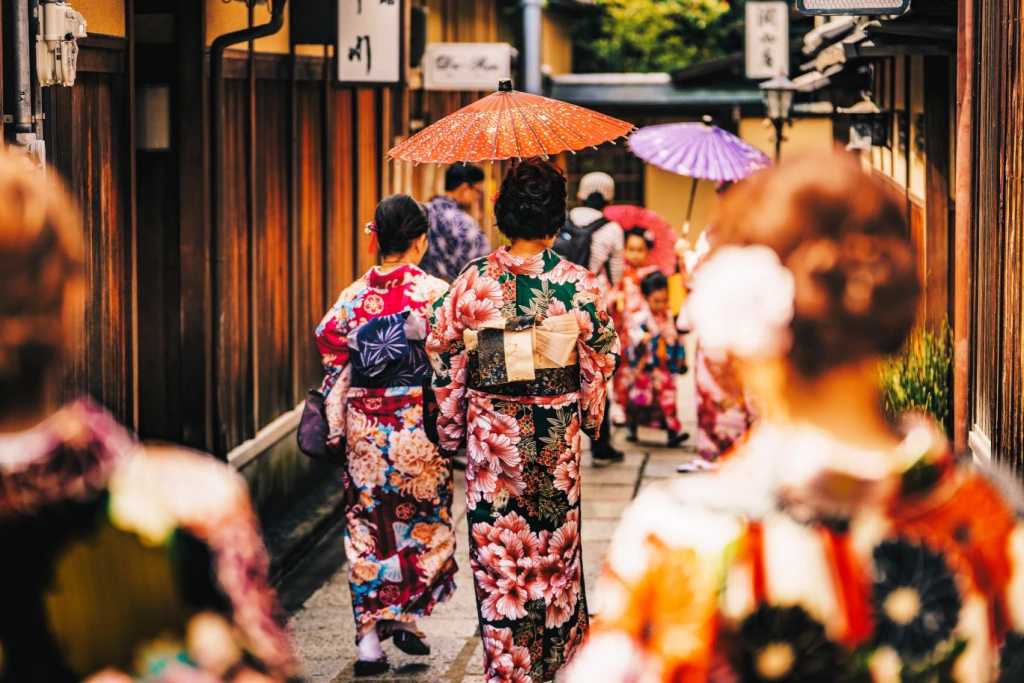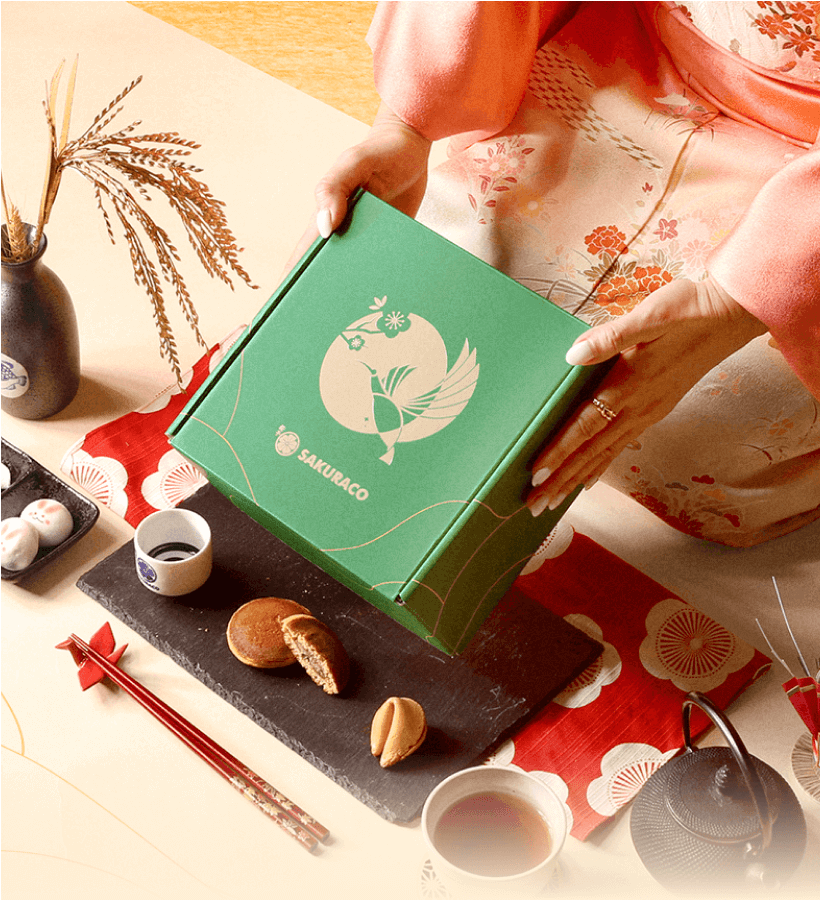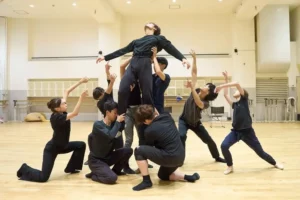When you think about Japanese culture, you might picture tea ceremonies, cherry blossoms, or a polite bow with a greeting. But underneath those traditions lies another essential idea, giri (duty, obligation, social responsibility).
Giri is not just about rules. It’s about harmony, gratitude, and respect in personal and professional relationships. In Japan, giri profoundly shapes daily life in ways that may seem subtle to outsiders but are essential for maintaining balance. Let’s explore giri, its origins, and how it shapes daily life, relationships, and social behavior in Japan today.
Table of Contents
ToggleThe Roots of Giri
The word giri combines the characters for justice and reason. This shows its meaning clearly. Giri is about doing what is morally right and socially expected, even if it is complicated or inconvenient. Historically, giri comes from the samurai (Japanese warriors) code of bushidō (the way of the warrior). Samurai were expected to live by honor and duty, even if it required personal sacrifice.
Over time, this sense of obligation spread beyond warriors and became part of everyday life. By the Edo period (1603–1868), giri was tied closely to social order. Merchants, samurai, and townspeople all depended on trust, responsibility, and mutual obligation. Even today, the influence of giri is still strong in Japanese society.

Giri vs. Personal Feelings
One interesting part of giri is how it contrasts with ninjō (human feelings, compassion). Giri is about duty and obligation, while ninjō is about following your heart. In Japanese books and theater, many stories show conflicts between giri and ninjō.
Characters often struggle between what society expects and what they personally want. This tension remains relevant today because it highlights a common dilemma: balancing duties to others with personal desires.
Giri in Daily Life
How does giri appear in modern Japanese culture? You can see it in many everyday situations. From small gestures to larger social customs that strengthen relationships.
Gift-Giving
Gift-giving is one of the clearest ways people show giri. For example, ochugen (summer gifts) and oseibo (year-end gifts) are given to bosses, teachers, clients, or relatives. These gifts are not just about generosity. They honor obligations and help maintain good relationships.

Valentine’s Day
Valentine’s Day in Japan is celebrated differently from how it is in many other countries. Women give chocolate to men, not just romantic partners. This is called giri choco (obligation chocolate). It is given to coworkers, bosses, or classmates as a way to show respect and maintain harmony. A month later, on White Day, men return the gesture with gifts.
Workplace and Community Etiquette
At work, giri is about loyalty and respect. Employees may feel they must attend nomikai (after-work gatherings) to strengthen team bonds. Even if you’re tired, attending the show shows respect for coworkers and group harmony. Participating in these gatherings also helps build trust and friendship within the team. In neighborhoods, people take turns cleaning shared spaces or joining local festivals. These are not just chores; they are acts of giri that build belonging and support.
Curious about exploring more of Japanese culture through its flavors? With Sakuraco, you can enjoy authentic Japanese snacks, teas, and sweets, delivered directly from local makers to your door. Each box is a taste of tradition, and a delicious way to experience the heart of Japan.
Why Giri Matters
To outsiders, giri might seem like a burden, doing things you don’t really want to do. But in Japan, it is often seen as a positive force. It creates stability, builds trust, and helps relationships grow stronger over time. Giri acts like glue, keeping people connected and reminding them to honor essential bonds.

Modern Challenges to Giri
Like many traditions, giri faces challenges in today’s world. Younger people in Japan are questioning traditional work-related obligations. With a greater emphasis on individuality and work-life balance, some individuals believe that strict expectations can lead to stress and burnout.
For example, giri choco during Valentine’s Day is debated. Some women feel pressured to give Japanese chocolates out of duty, not choice, sparking campaigns against it. Mandatory workplace drinking parties are also becoming less common as employees push back against them. Still, even as traditions change, the spirit of giri remains. It continues to shape how people think about gratitude, loyalty, and social harmony in modern life.
Experiencing Giri as a Visitor
If you travel to Japan, you may notice giri without realizing it. A shopkeeper might give you a small gift, called omake (bonus present). A friend might bring you a souvenir, known as omiyage (a gift from a trip). These small gestures show thoughtfulness and respect for the relationship. As a visitor, you don’t need to understand every detail of giri. Being aware of it helps you appreciate Japanese hospitality. A simple thank you and a smile honor the spirit of obligation and gratitude.

Why Giri Still Matters in Japanese Culture
Giri may sound old-fashioned, but it still shapes Japan in many big and small ways. From gift-giving to work traditions, it connects people and balances personal wants with group well-being. Next time you enjoy a Japanese sweet, receive a thoughtful souvenir, or witness a kind act, take note of giri. It is a cultural thread that makes Japan’s way of life fascinating once you understand it. What examples of giri have you noticed in Japanese culture? Do you think similar traditions exist in your own culture? Share your thoughts in the comments below!










